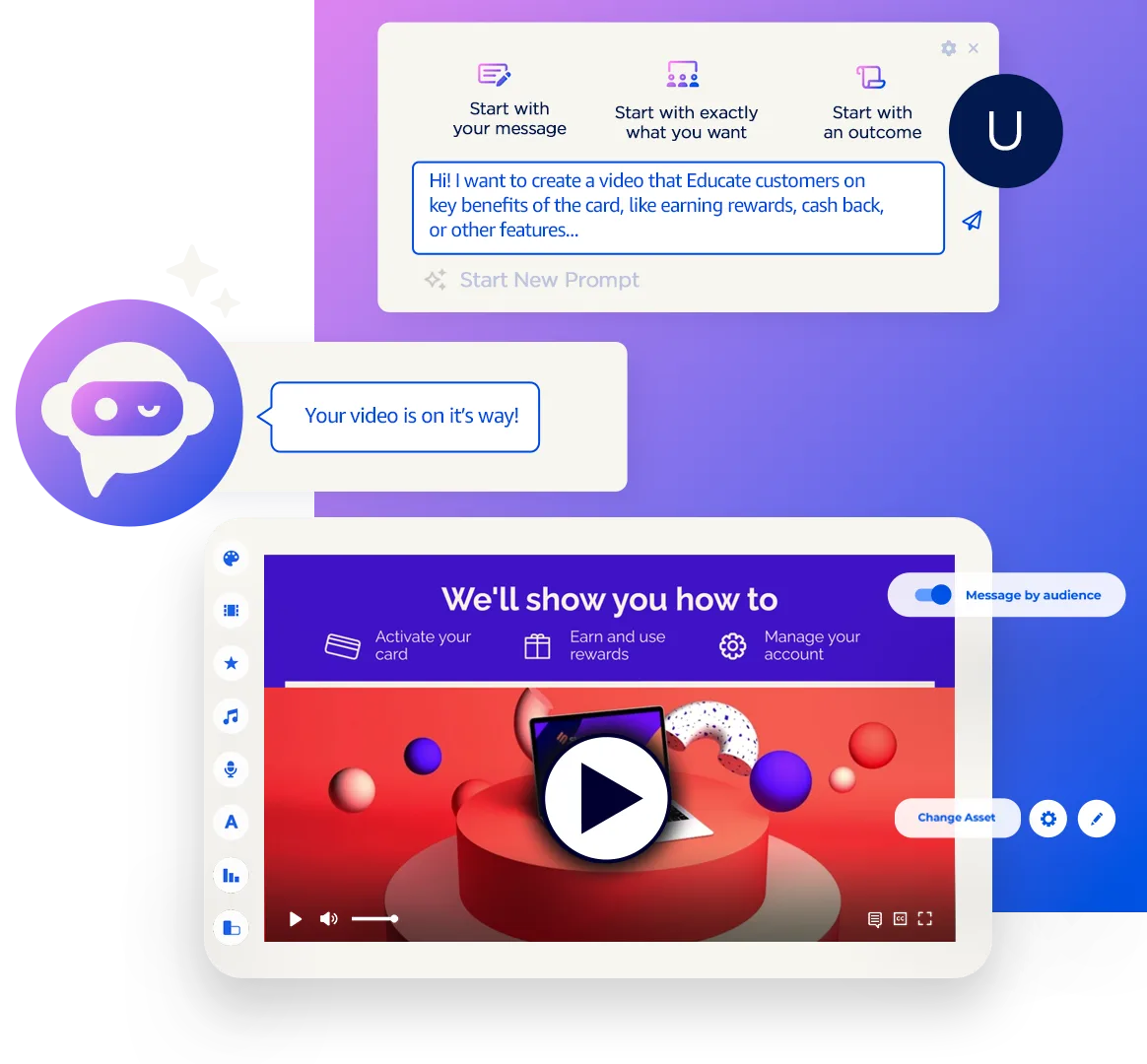Most, if not all, retailers are introducing some form of personalization into their customer engagement strategies. Much like most other industries, though, they are running into the usual challenges of disorganized data and miscommunication across teams. In this eMarketer report Personalization In Retail: The Latest Trends And Challenges by Yory Wurmser, find out how truly effective personalization can be for retailers, learn about some of the common challenges that teams are encountering, and read up on current trends in how personalization is being used at different touch points across the customer lifecycle.
The True Value of Personalization
So, how effective is implementing personalization into your customer engagement strategy really? According to one survey of US marketers done in May 2016, about website or in-app personalization, 42%, saw a lift of 1% to 10%, and 48% saw a lift of at least 11%. On top of personalization within owned properties, there is significant evidence that personalization within outreach efforts also greatly increases engagement and conversion rates; sometimes even up to triple that of traditional mass marketing according to one CEO of an online retailer.
“When we send out a personalized message based on our data, conversion is triple that of mass marketing communication.” Michelle Lam, co-founder and CEO of True&Co.
Outside of engagement and conversion lift, personalization has also proven to increase the number of positive customer reviews and even strengthen consumer relationships with brands. With these proven benefits, it’s no wonder that brands are scrambling to put personalized content at the forefront of their engagement strategies, but why have they had trouble doing so thus far?
The Data Problem
When delving into the issues that retailers are experiencing as they attempt to implement personalized marketing into their strategies, it all really comes down to one over-arching problem: data. Consumers may be expecting a seamless, personalized experience, but the truth is that many still distrust corporations collecting and using their data. The question of privacy is one that brands and consumers have both been struggling with as we move deeper into the information age.
A January 2016 Mindshare survey found that 57% of US mobile phone users were concerned about company knowledge of their product use. Of this majority, 59% listed privacy as an important principle, and further 54% felt that their concern stemmed from its inherent creepiness.
One of the biggest obstacles brands face today with collecting and using their customers’ data is figuring out how much personalization is too far. At SundaySky, we say two things; be up front with consumers about why you’re collecting their data and as long as each personalization aspect included in a strategy is providing real value to the customer then there’s no such thing as too much. In this sense, data-led personalization is about being proactive, responsive, accurate, and helpful; so that the customer only ever feels understood instead of creeped out.
Aside from the privacy issue, retailers are also running into issues with cross-device tracking as well as data integration overall. Every consumer is interacting with brands across multiple devices at different points throughout their journey, and it’s difficult for brands to track this due to the complexity of it all. When teams do happen to collect consumer data accurately, they often run into the issue of properly integrating that data to be as efficient and valuable as it can be. Simply put, retailers are still growing into data collection and usage for personalization purposes, but as time goes on hopefully they will only continue to improve on this process.
Current Personalization Trends
Personalized content does not only enhance every touchpoint throughout the customer journey, it also happens to work best when it is consistent throughout. In other words, the most current level of personalization isn’t just about knowing who the customer is but is about providing them with a truly great and seamless experience.
“In the past, it might have been sufficient to understand who a customer is, but now it’s important to also understand what moment they’re in.” David Doctorow, Head of Global Growth at eBay
Being able to move beyond simply speaking to each consumer as an individual and onto predicting the information that is most valuable to their next move is where the next level of personalization begins. Retailers are starting to realize this, and it’s completely changing the way they’re interacting with potential and current customers alike. Interested in seeing how one of the top online retailers in the U.S. is implementing personalization into their customer engagement strategy? Check out this case study!







